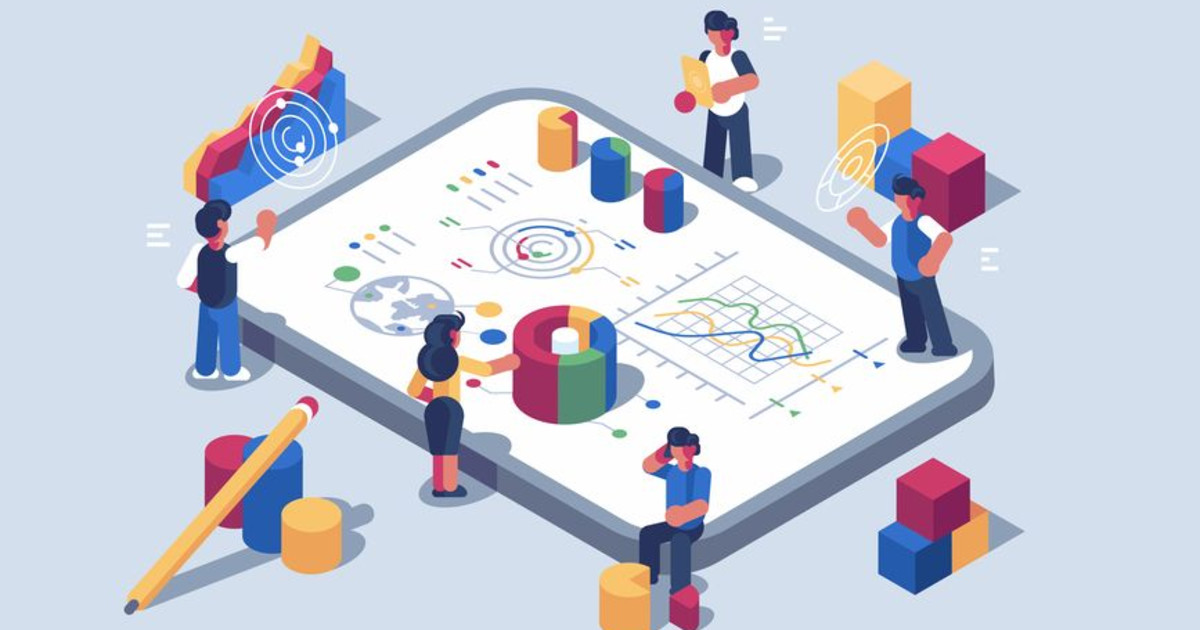In today’s ever-changing technological landscape, companies struggle with the necessity of making use of the data they have in fresh and exciting ways. Through advances in organizing, analysis and integrating data the capabilities of predictive analytics based on machine learning and tools for customer analytics have transformed the way companies can make well-informed, data-driven decision.
This Heymin article will provide an knowledge of these revolutionary technologies and how they could be used to revolutionize your business.
The Pillar of Data-Driven Strategies
Software for predictive analytics is a vital component of modern-day decision-making processes. This innovative technology taps into the potential of machine learning, artificial intelligence and mining data to draw knowledge from data that has been collected and predict the future outcome.
It enables companies to take a proactive approach toward their goals in business through the use of data-driven insights.
Below are the main attributes of software that can be used to predict analytics:
1- Predictive modeling is a method that makes use of data to develop an algorithm that can predict the future with great precision. By using advanced statistical techniques predictive models are able to adapt and improve as more information is gathered, making sure that businesses are agile and adaptable to market trends.
2- Data visualization Predictive analytics software gives easy tools that can simplify complex data sets into attractive graphs and charts. Through the process of storytelling data, stakeholders can quickly gain insights and make educated decisions.
3- Machine learning: With the help of machine learning algorithms predictive analytics software can automatically recognize patterns and relationships between variables within large amounts of data. It can then adjust and learn on these patterns constantly improving its predictive abilities.
Unleashing the Power of Data Science
The machine-learning predictive analysis combines the intricate process of machine learning along with methods of predictive analytics to gain useful insights from the data. It blends patterns recognition, artificial intelligence and the ability to process data to create models that learn and change over time.
With more and more data incorporated to these models, they become better at forecasting future outcomes.
The method of machine learning predictive analytics entails the steps listed below:
Data collection: Organizations need to gather and organize pertinent data from different sources.
Data processing: The data are cleaned, transformed and organized in order to allow for analysis.
Model development Researchers and scientists develop algorithms that detect patterns or trends and patterns within the information.
Testing and validation of models Model testing and validation: The models are evaluated and refined to ensure that they are accurate in predicting future outcomes.
Monitoring and deployment: After the models have been optimized they are integrated into decision-making processes as well as their effectiveness is observed.
Customer Analytics Tools
These tools provide useful insights into customer preferences, behavior and levels of satisfaction helping to create specific marketing, personalization and enhanced engagement with customers.
These are the three most important features of tools for customer analytics:
- Market segmentation: Tools for customer analytics analyze data from customers to classify clients into groups that are homogeneous, based on common characteristics, preferences, and behavior. This process allows companies to customize the marketing strategy, product and services based on distinct segments.
- Analytics of the customer that is predictive: Through the use of the power of machine learning, analytics tools for customers can identify the behavior of customers and their preferences. This helps organizations anticipate the needs of their customers and make informed decisions to refine their targeted and personalized efforts.
- Sentiment analysis: Analyzing feedback from customers reviews, comments and social media interaction allow companies to comprehend the opinions of their customers as well as identify areas of dissatisfaction. find areas of improvement.
Final Words
In the end the potent combo of predictive analytics software machine-learning predictive analytics and tools for customer analytics boosts business intelligence and helps to make better choices.
Making use of these cutting-edge technologies can aid organizations in staying ahead of their competitors and uncover opportunities that aren’t being seen and remain flexible in the ever-changing market. Begin your journey to analytics today and tap into every potential benefit of data in order to help transform your business for the future.

